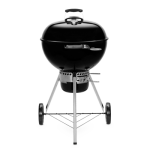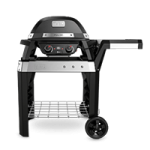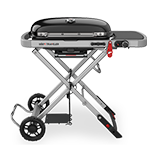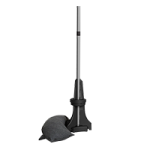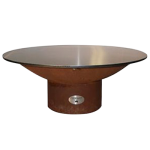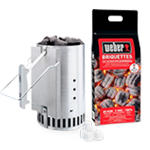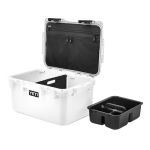Steak.
An Australian favourite on the BBQ. There is so much controversy over how to cook a steak the perfect way. First, you need to know your cut of meat. A secret butchers tip is to buy the most evenly sized cut to allow for the meat to cook evenly.
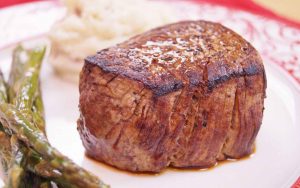
Tenderloin - also known as Filet, Fillet, Chateaubriand, Filet Mignon
It is taken from the sirloin and short sirloin part of the cow
The tenderloin has an oblong shape that’s located right between the sirloin and short sirloin area. There are three parts of a tenderloin cut, including the “butt” (thick end), the “centre cut” (middle), and the “tail” (thinnest). The tenderloin is preferred cut served at dedicated steakhouses. It’s the best of the best. It is the leanest steak, no fat (or marbling). Its flavour is classified as buttery and tenderest of all steaks.
Cooking tips: Size of cut 2.5 cm
Medium / Rare: Grill 4 minutes on each side. Internal temp should be 60 degrees
Medium: Grill 7 minutes on each side. Internal temp should be 70 degrees
New York Strip - also known as Strip Steak, Strip Loin, Shell Steak
It is taken from the short loin of the cow.
This is a medium tender cut with fat marbling. It is lean and has a larger fat content than the tenderloin. It also has a fine-grained texture. This is a popular steak as it has the bold beefy flavour people associate with their steak.
Cooking tips: Size of cut 3 cm
Medium / Rare: Grill 7 minutes on each side. Internal temp should be 60 degrees
Medium: Grill 10 minutes on each side. Internal temp should be 70 degrees
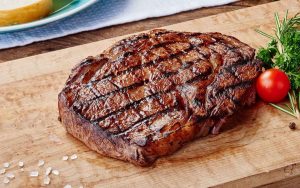
Ribeye - Also known as Market Steak, Beauty Steak
It is taken from, as the name suggests, the rib section (from rib 6-12 normally)
This is one of the more popular steaks. It has many flavours and fat marbling complemented with a rich buttery flavour. It has a higher degree of fat than other cuts although this is where it tenderness comes from.
Cooking tips: Size of cut 3 cm
Medium / Rare: Grill 8 minutes on each side. Internal temp should be 60 degrees
Medium: Grill 10 minutes on each side. Internal temp should be 70 degrees
Porterhouse & T-Bone
Both are taken from the short sirloin section
This steak is the perfect combination of a Filet Mignon and New York Steak. These two steaks are taken from the same cut, their only difference is size. The T-bone is a little smaller than the Porterhouse.
Cooking tips: Size of cut 3 cm
Medium / Rare: Grill 8 minutes on each side. Internal temp should be 60 degrees
Medium: Grill 10 minutes on each side. Internal temp should be 70 degrees
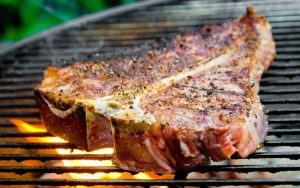
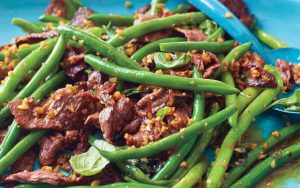
Flank Steak
It is taken from the underbelly and lower abdomen
This is often the choice of restaurants when they serve a beef salad or beef and vegetable dishes.
It is a little tougher than the other cuts however it is flavour packed. It is at its best when served thinly.
Cooking tips: These thin strips should be cooked on a hot pan. They should only need a minute or so on high heat to seal in the flavours and cook the meat through.
Best Practices & Tips for Cooking Steak
Step 1 - Put your steaks out to achieve room temperature
It may sound terrible but a good butcher will tell you the best time to cook a steak is when it is almost “on the turn” (almost going off). This allows the meat to rest in its own juices and it is not “stressed” when you put it on the grill at a high heat. So please do not think you need to refrigerate your steak until the minute it goes on. The minimum time you can leave your steak out on the counter is at least 1 hour before cooking.
Step 2 - Salt your steaks
This is not only a question of seasoning. Salting plays a very important part in cooking the perfect steak. Once placed on the steak the salt dissolves into a brine. This breaks up the muscles fibres and is absorbed by the meat. The salt holds onto the moisture and redistributes it when the meat is resting.
Step 3 - Heat your grill
If you are cooking on a frying pan heat the pan to med-high heat. The reason for this temperature is when you put the steak on the pan it should sizzle. This will seal the juices, otherwise, your steak would be dry.
Step 4 - Oil your meat
Brush the meat with the oil, not the whole pan. This will stop extra oil splattering all over the stovetop and surrounding areas. This will also prevent steak from sticking.
How to cook a rare steak
With a 2.5 cm steak, you would cook it for 2-3 minutes each side to achieve a rare serving temperature of 60 degrees.
How to cook rare/medium steak
With a 2.5 cm steak, you would cook it for 7 minutes each side to achieve a rare/medium serving temperature of 65 degrees.
How to cook a medium steak
With a 3 cm steak, you would cook it for 10 minutes each side to achieve a medium serving temperature of 70 degrees.
How to cook medium/ well-done steak
With a 3 cm steak, you would cook it for 12 minutes each side to achieve a medium/well serving temperature of 75 degrees.
How do I know when my steak is done?
To achieve the perfect steak it is strongly recommended you use a meat thermometer. All the guesswork will be taken out and you can cook each steak to individual tastes. Place the thermometer in the meat when you think it is ready. Always allow the meat to rest for 2-5 minutes depending on its size. The resting is just as important as the cooking. This will allow all the juices to run back through the membrane of the meat. This is how to achieve a juicy and tender steak.



